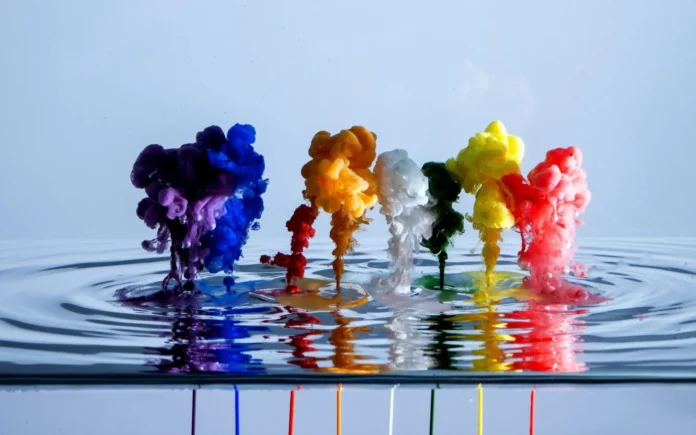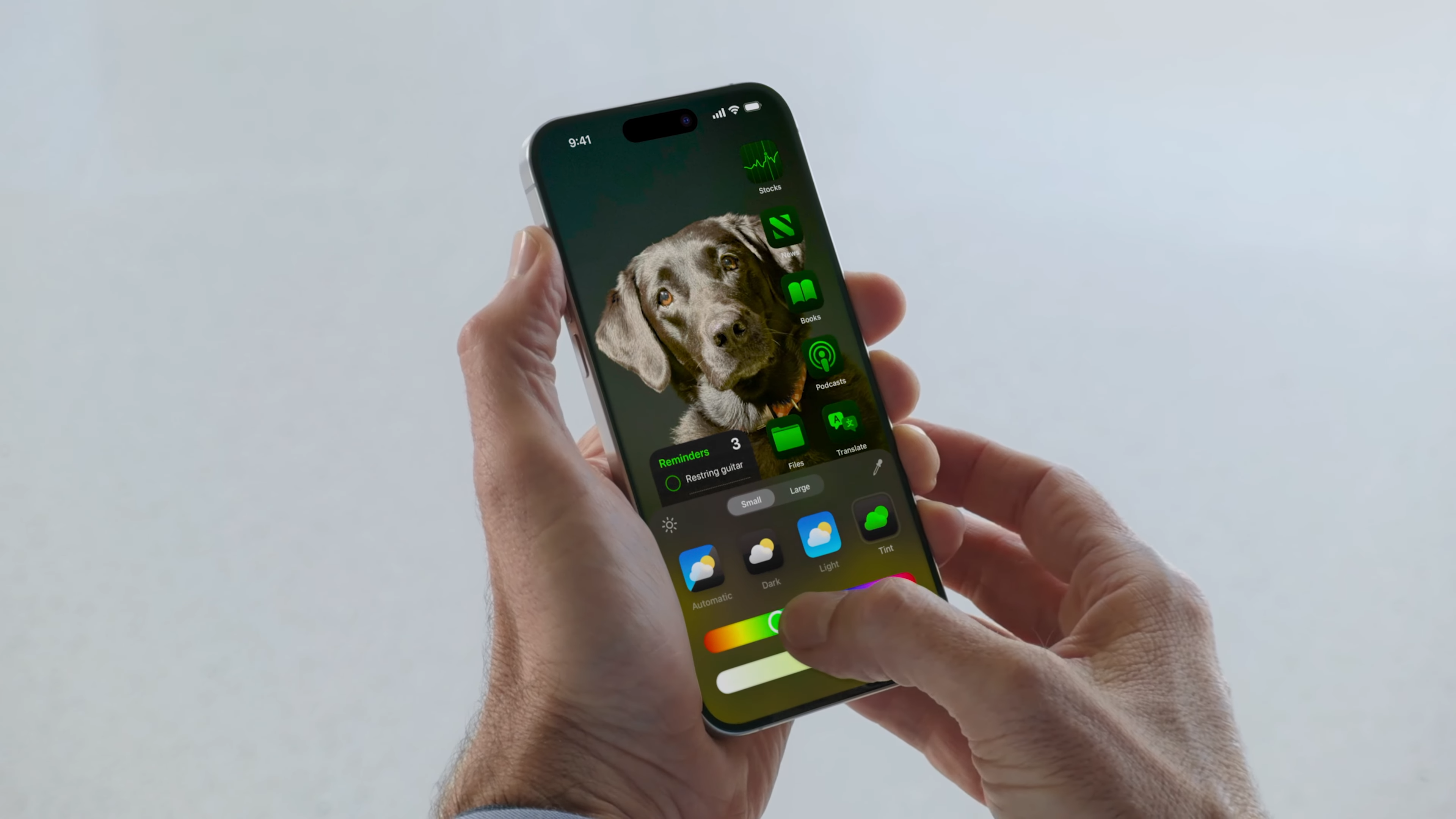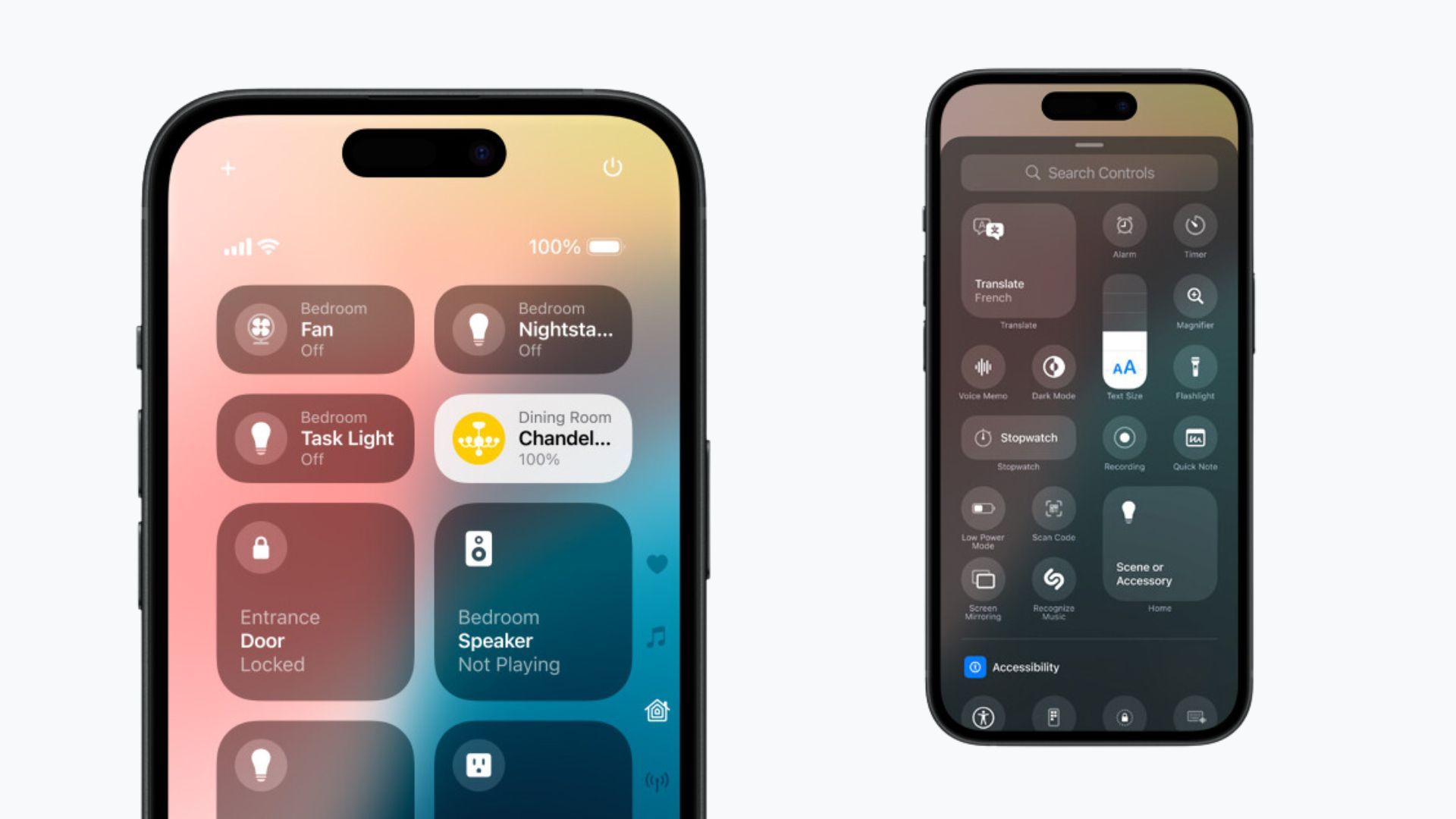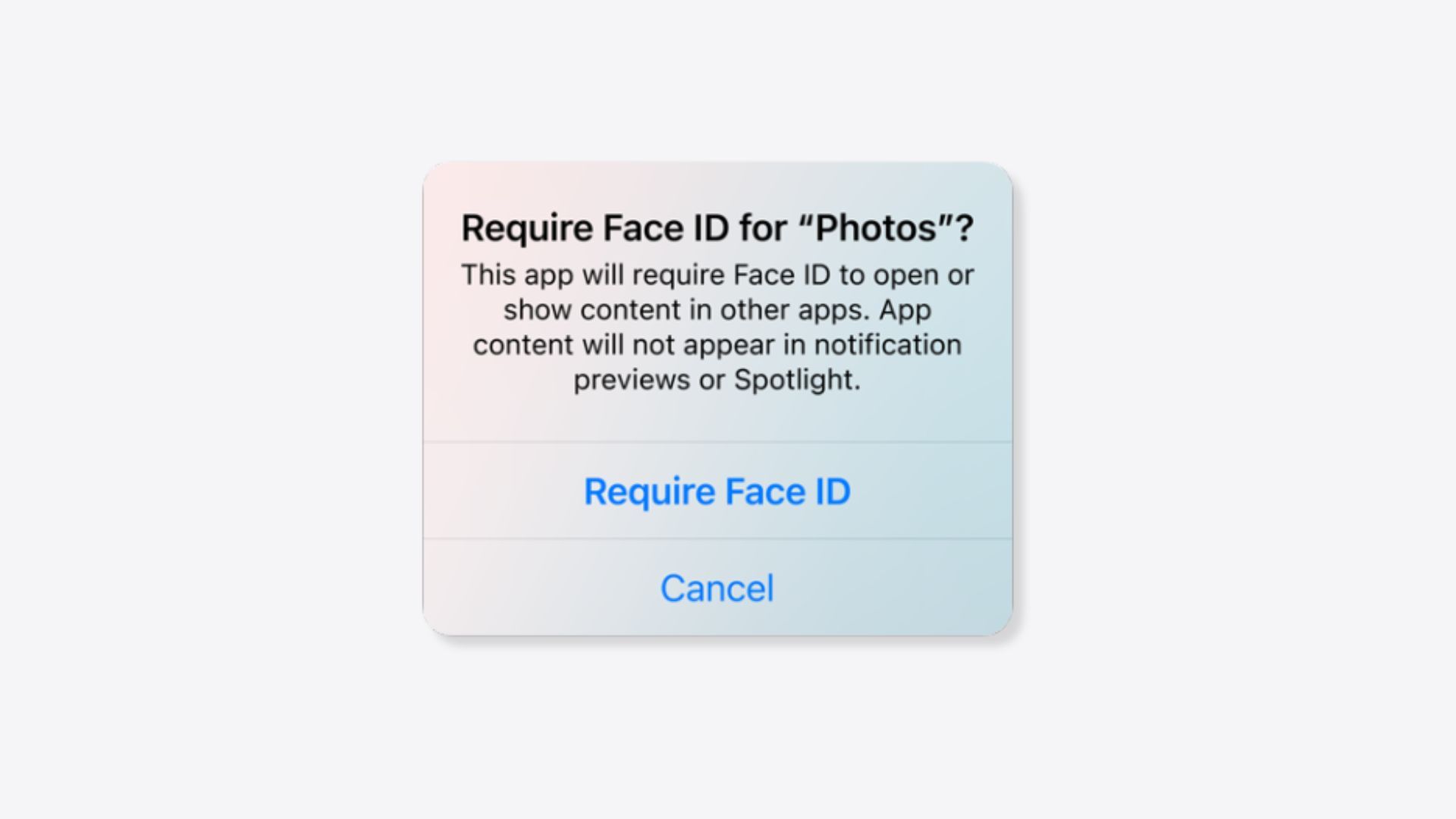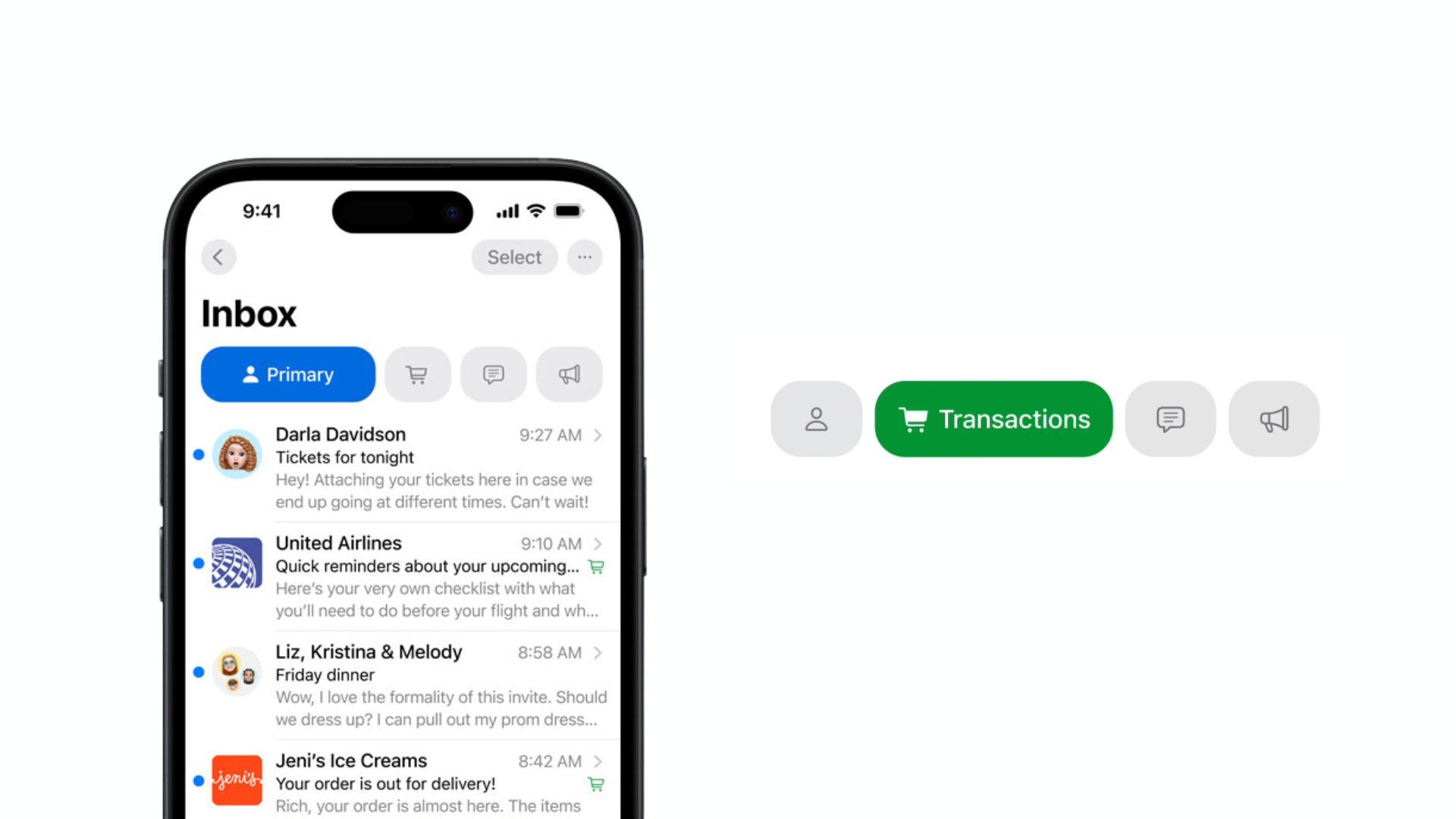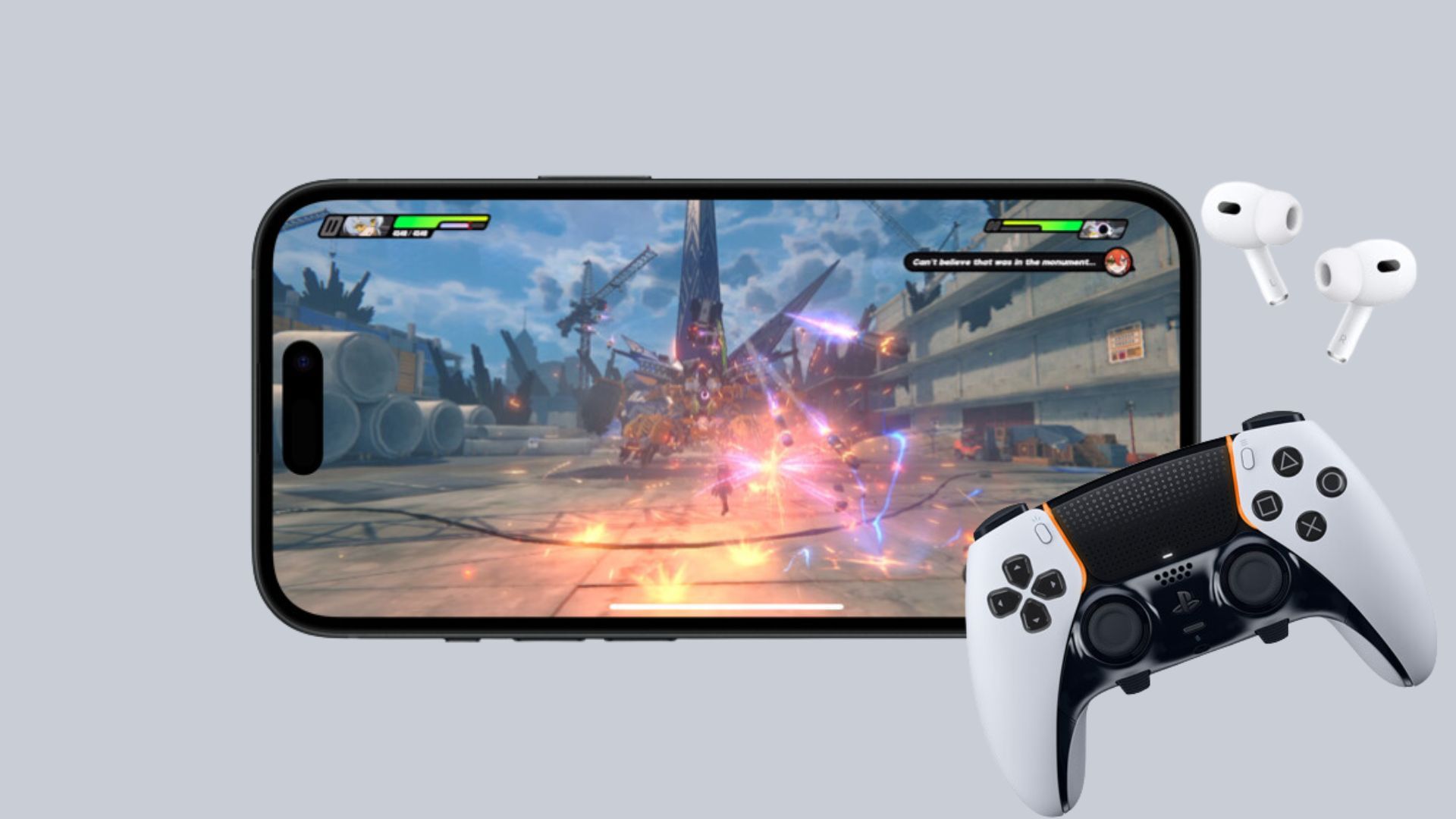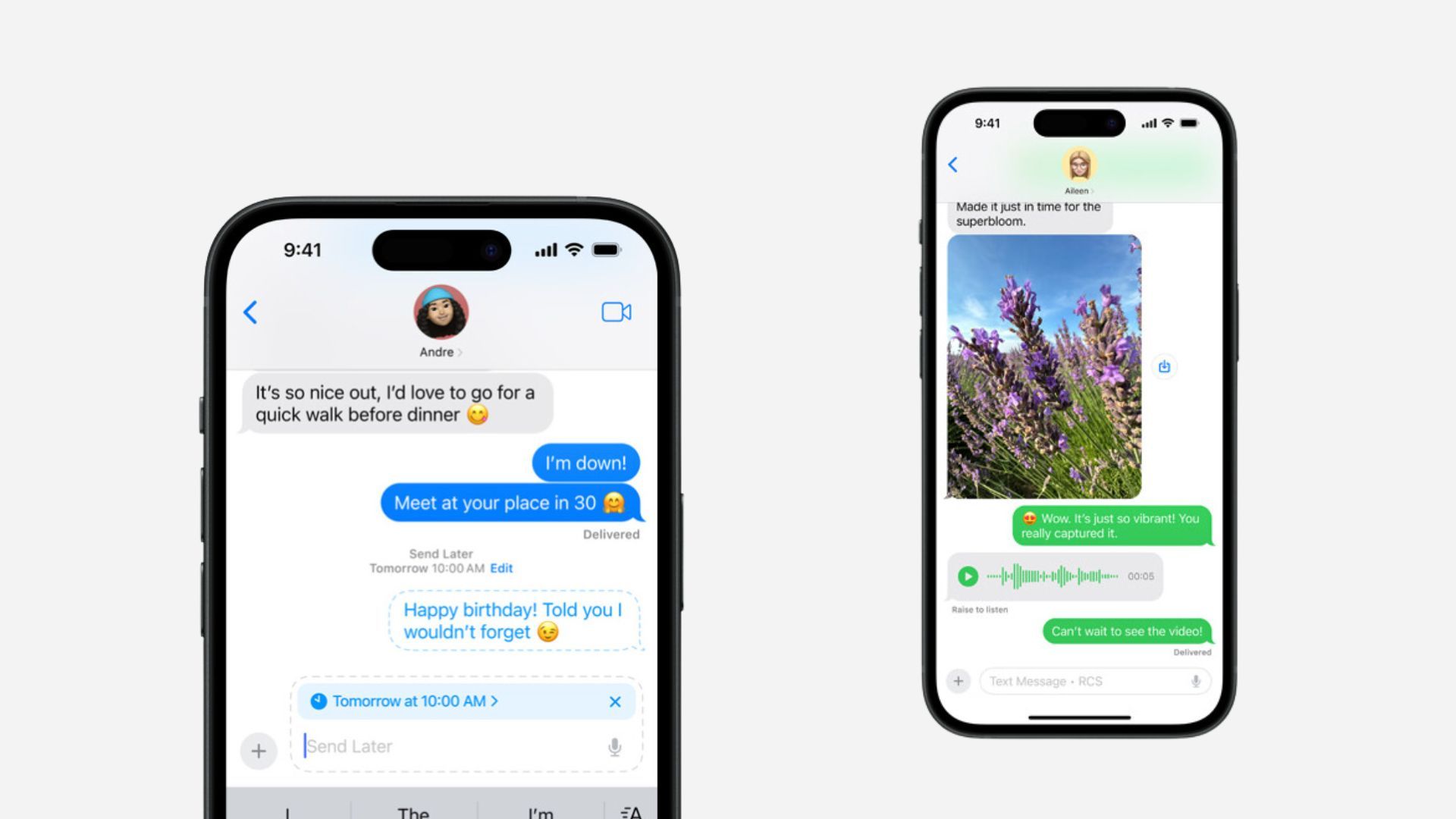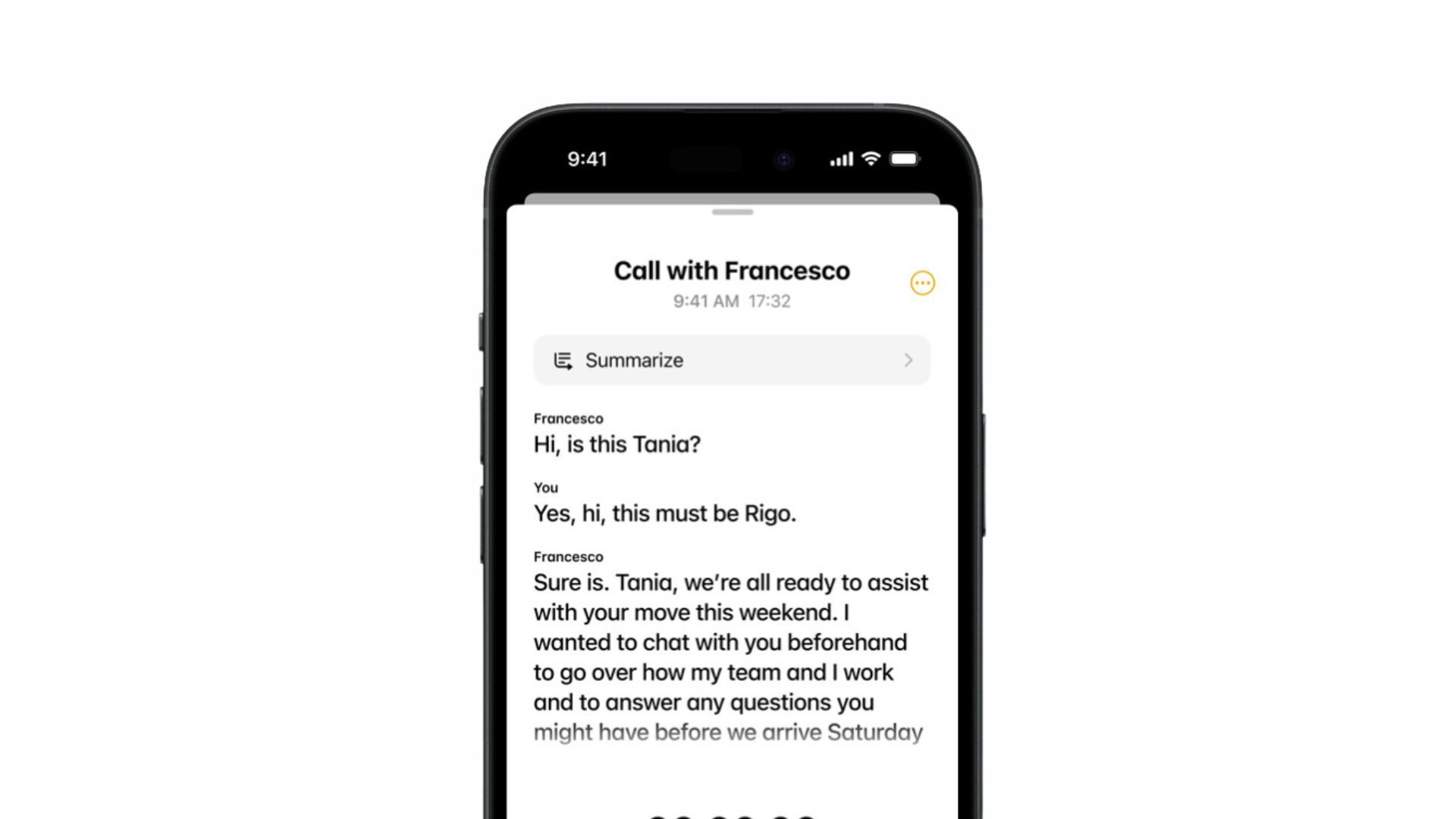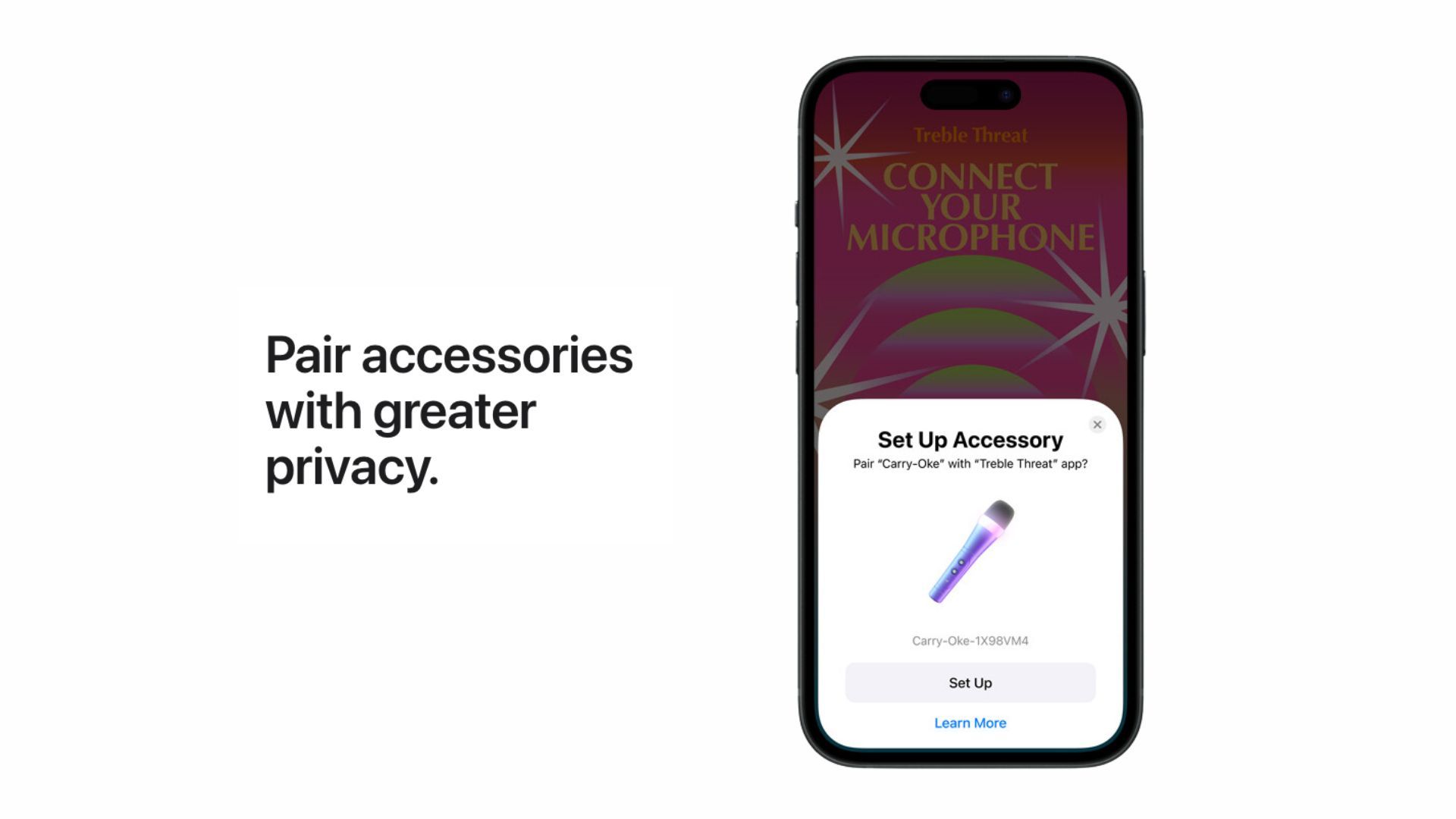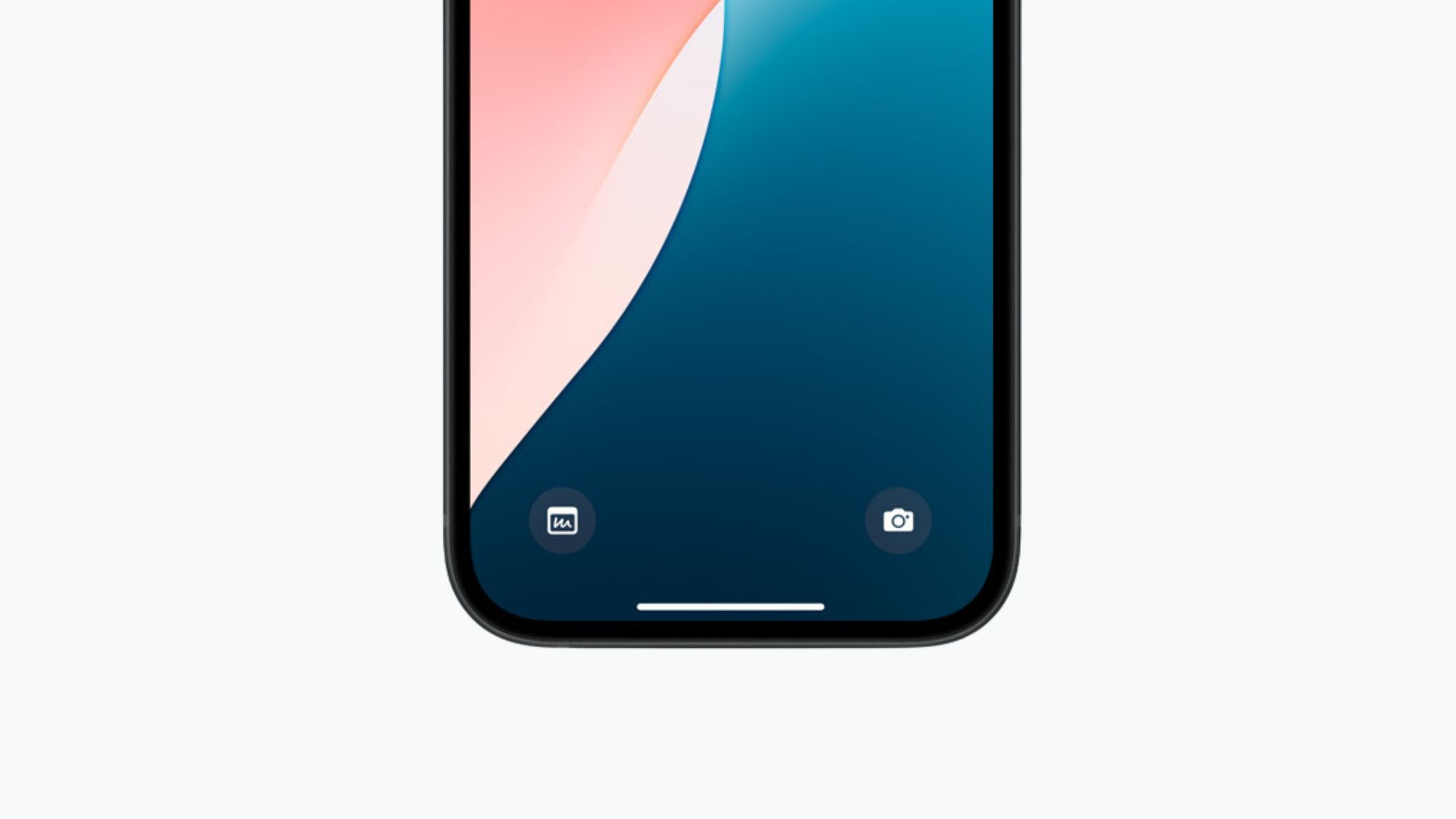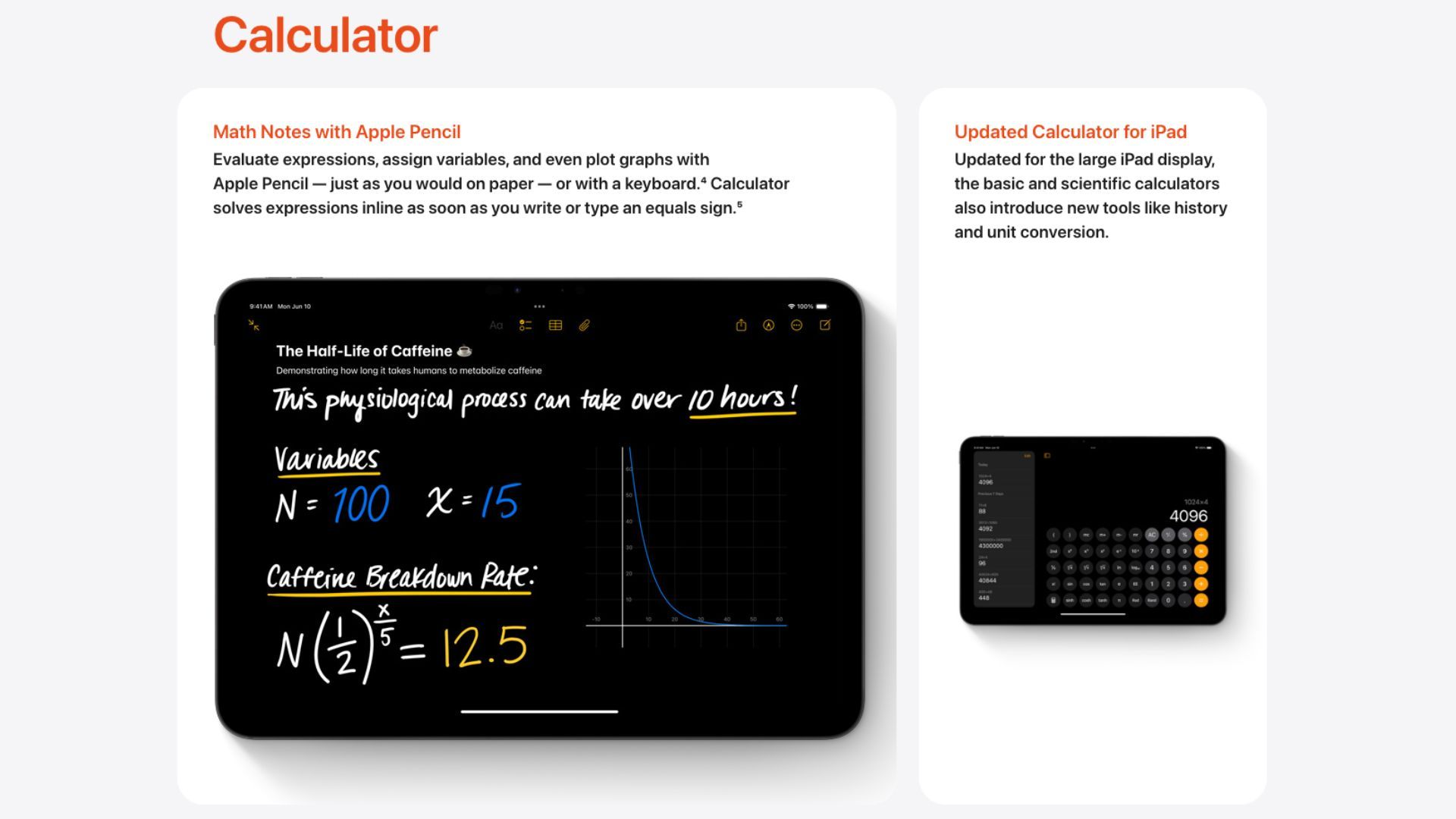Whether you’re team Apple or team Android, you’ll be glad to see several new features coming to iOS. Apple recently held its annual WWDC developer conference, where it announced dozens of new features that make iOS – and several of its other operating systems – more in line with other competing platforms. There are also many new features, enhancements, and Apple’s version of AI, “Apple Intelligence,” that aims to compete against other platforms and AI models, such as Google’s Gemini, and Samsung’s Galaxy AI.
Before I go any further, I must emphasize that copying is a big win for consumers. While many people often get bogged down in the minutiae of who copied who, let’s take a moment and appreciate that companies compete for market share and your hard-earned cash. We, the consumers, are the ones who benefit from this race, and it’s great to see all these features finally come to iOS and other Apple devices.
1 App icon placement for the homescreen
Finally, some freedom for icons. But not widgets
You read that right. After so many years, Apple has finally allowed icons to be placed anywhere on the homescreen. Android has had this functionality since the beginning, and it looks like iOS will finally let users place their app icons anywhere they like. They can be placed up and down, left and right, and there can be gaps.
It’s worth noting that while playing around with this feature on my iPhone 12, I found that widgets will still shift to either the left or the right side and cannot be placed in the center. It’s unclear whether that’s a bug or a feature, but the freedom to place icons anywhere is a great start.
2 Change app icon color & theme
Material You-like themes come to iOS
Material You introduced themed icons on Android 12, and custom launchers — along with many built-in ones — have always allowed Android users to customize their home screen experience. Now, iOS will also allow wallpaper-based theming on the homescreen, and it has a new dark mode option that’ll apply to icons.
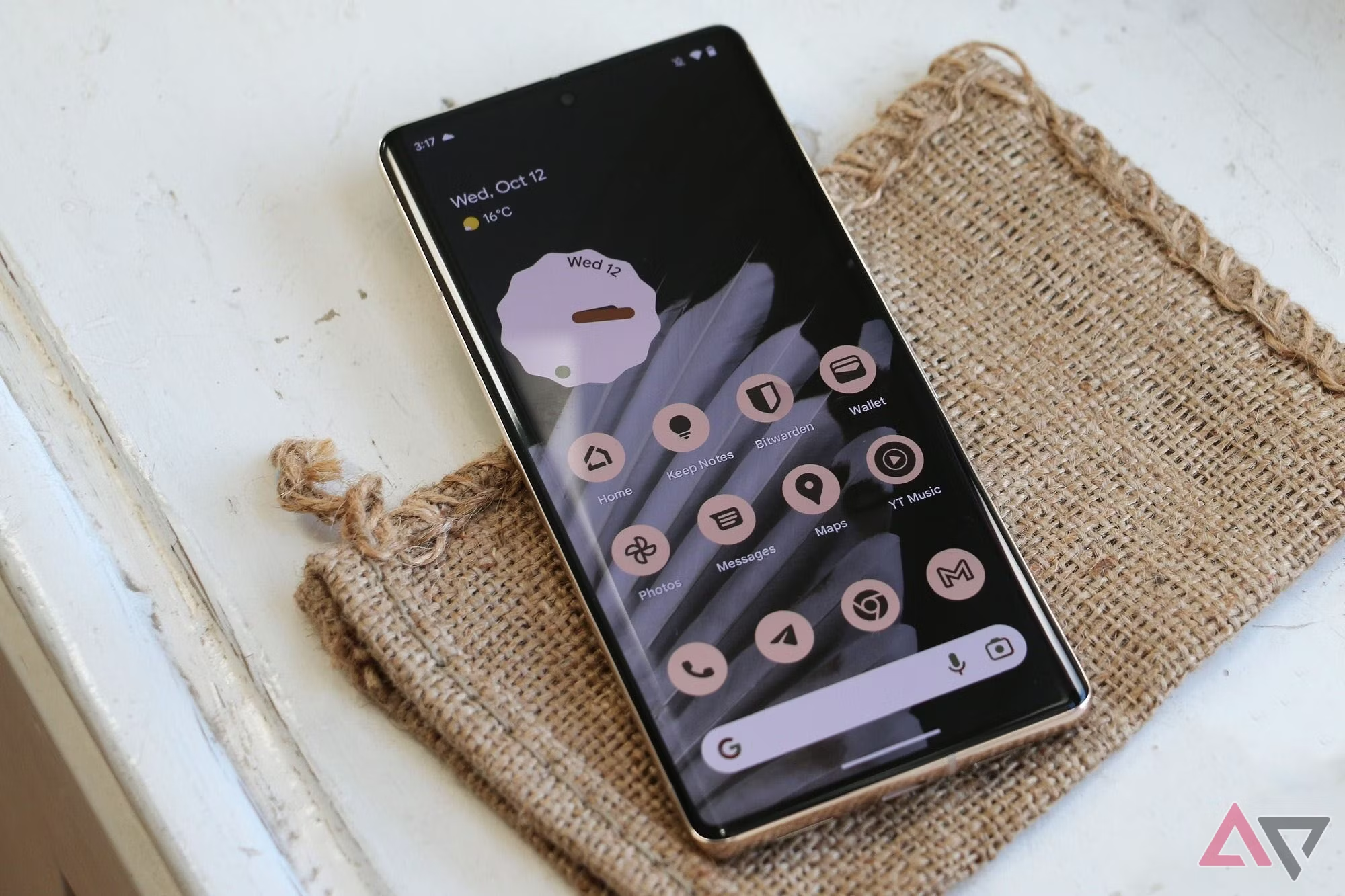
The iPhone’s terrible monochrome icons offer Google a valuable lesson
They look so bad, but they’ll impact more apps than Google’s dynamic themes ever could
The color filter works as you would expect. Some icons work better than others, and iOS puts a tint on top of the existing monochrome version, giving it a color that matches the wallpaper. The dark mode option will strip the background from the icon and replace it with a black color, and shade the icon shape or logo will apply the original color of the icon’s background in some cases.
3 Control Center gets a massive update
Some could argue Google’s device and media controls allowed for a similar level of customization
Control Center on iOS has received a massive update. It now has a more intuitive interface that allows users to change the layout and add and remove toggles and options more easily. The Control Center also adds a new full-screen music control option and an additional window to easily manage connections, such as Wi-Fi, Bluetooth, Data, and other toggles, all in one place.
Android 11 brought device and media controls back in 2020, and while Google’s built-in smart home device control has been moved and shifted around, it’s still easily accessible. While I still think Android is far superior in this category, it’s great to see the more intuitive user interface and the additional options on iOS that enhance customization and personalization options for more power users.
4 Emoji tapback
You can now add your favorite emojis to mark special messages 🔥
iMessage had sticker reactions that worked similarly to Emoji tapback, and while this is a new feature in iMessage, it’s not a new concept. Messaging apps, such as Facebook Messenger and countless others, had this feature built-in for several years. Google’s own Messages app also had a similar function, which was introduced a few years ago with RCS.
5 App lock
Hide your sensitive apps behind an extra layer
Locking away apps has long been on our wishlist of features; after all, there are times when you simply don’t want to publicize that you use certain apps. Apple will now allow users to hide apps, and store them separately. iOS, like Android, will require users to use FaceID, TouchID, or other verification methods, likely the default option used to unlock the device, to see the list of apps and open them up.

Android 15’s private space helps you hide your sensitive apps
Later this year, Private Space will offer a secure spot to store secret apps
Android 15 is also bringing this, called Private Space, to the masses, and we’ve already seen it in action. It’ll require the phone’s PIN, face scan, or fingerprint to see a list of hidden apps. It’s worth noting that other manufacturers, such as Samsung, Xiaomi, and many others, had this feature built-in for several years, and Google also took its sweet time to ship it.
6 Sort emails by categories
Mail is getting some much-needed Gmail features
Apple’s Mail app is a powerful tool for those who rely on the built-in app instead of using services like Outlook, Gmail, and others. It has many of the essentials built in, but it has always lacked the option to filter and categorize emails automatically.
Apple said no more. It’s finally “coming later this year,” enabling Apple users to have the features that other services have had built-in for many years. We’re not exactly sure why this took so long. Still, some machine learning algorithms in the background likely scan and categorize these emails automatically, providing a cleaner experience.
7 Game Mode is coming to the iPhone
Android phone makers still offer far more gamer-oriented features than iOS
Game mode is finally coming to iOS. It’ll minimize background activity to sustain high frame rates for hours. Apple has also significantly improved latency between gaming controllers and AirPods to make them more responsive. That said, the company didn’t share how much it has reduced the latency, so we’ll just have to take their word for it for now.

Best gaming phones in 2024
Looking to pick up a new smartphone that’s great for gaming? These are the best gaming phones on the market
Android device manufacturers have had game mode features built into their platform for several years, and many even allow users to sustain performance and minimize background activity while adding triggers, macros, and many other functionalities. This has even created a whole new category of gaming smartphones, enabling gamers to get more out of their devices and favorite games.
8 RCS support and the ability to schedule messages
You can finally schedule that message at 3 AM, so you don’t let your boss know you’re a night owl
RCS support has finally been built into iMessage, including most of its features. For those wondering, these text messages will appear in green bubbles, just like SMS. Additionally, texts in iMessage can now be scheduled. Needless to say, this is a much-needed feature. Nobody wants their boss to know they’re a night owl, sending messages at 3 AM in the morning.
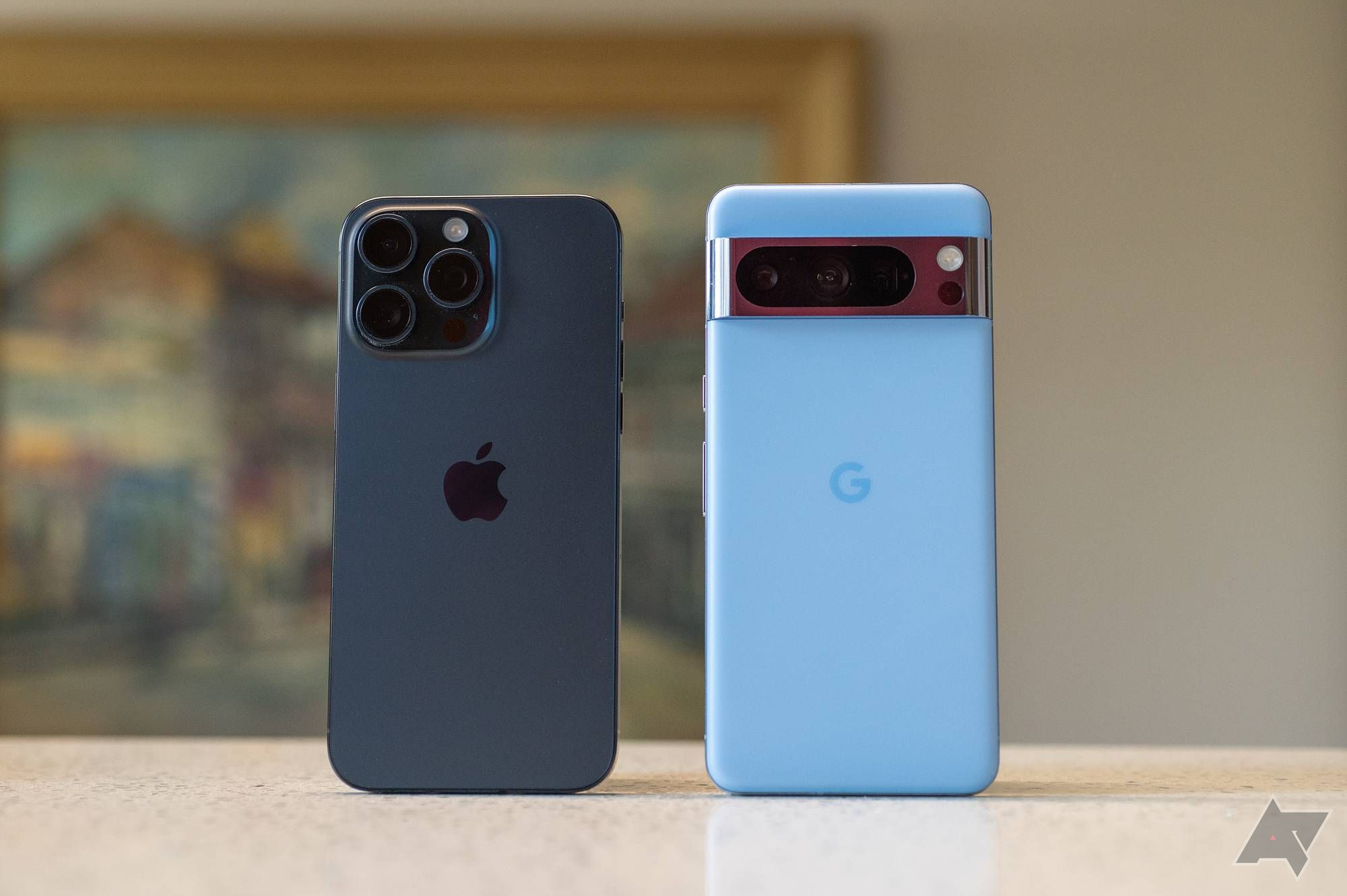
Better texting between Android and iOS is coming this fall with RCS in iOS 18
RCS support is coming in the fall, as if Apple couldn’t take more from Google’s playbook
Google, among many other chat apps, has had the scheduling feature for quite a while. The feature was introduced back in 2021 for the Messages app, which also categorized these conversations based on their type, whether they were OTPs, transactions, or anything else.
9 Audio recording and automatic transcription
Record sessions and edit recordings
Google and other device manufacturers have long offered audio descriptions for phone calls and voice recordings, and iOS will also receive a similar feature. iOS 18 allows users to record audio sessions and automatically generate live audio transcriptions. Speakers will be labeled, and iOS will even offer a summarize feature to break down the recording into a few bullet points.

How to use Google Recorder on your Pixel smartphone
Record and transcribe voice notes with Google Recorder
If this sounds familiar, then you might already know that Google made the Google Recorder with this exact feature in mind a few years ago. Sessions can easily be saved on the device and onto a cloud service, allowing you to move your files between devices in just a few taps. Google’s version is already ahead of the competition, as it can also edit and label different speakers and create simple videos.
10 Pairing accessories
Google Fast Pair was introduced in 2017, but it only started being implemented a few years ago
Technically, Apple is the one that made pairing accessories more seamless and easy, which Google then replicated and brought over to Android. Remember when AirPods could pop up on the iPhone and iPad and connect in just a few taps? Well, as it turns out, Apple took some inspiration from Google’s Fast Pair implementation, bringing a similar one-touch approach to 3rd party devices.
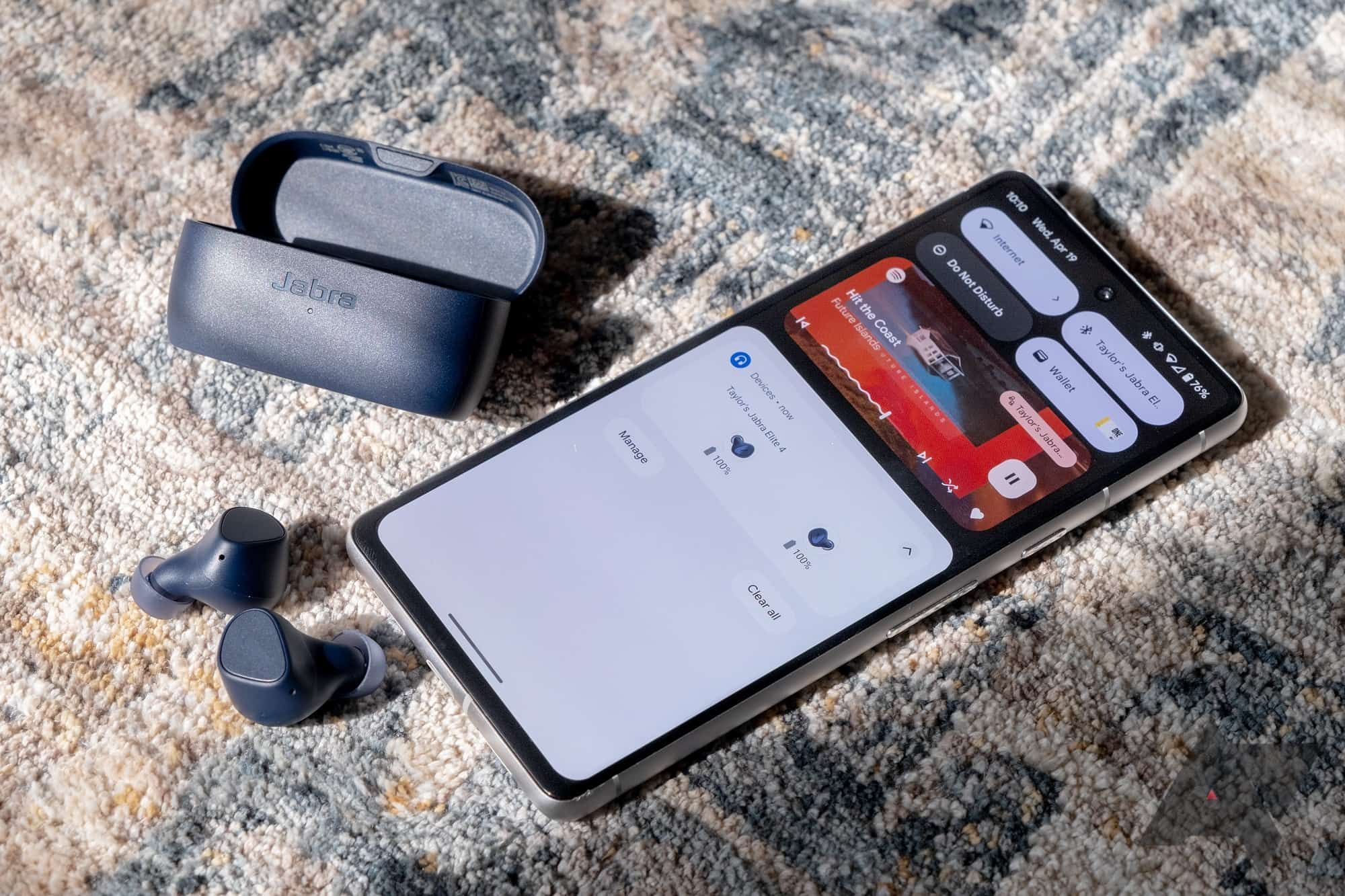
What is Google Fast Pair and how to use it
It makes pairing Bluetooth devices to Android devices a breeze
Supported apps, such as headphones, earbuds, and various other devices, will be able to support the new quick pairing feature that’ll work similarly to Google’s implementation. Devices will pop up, making it easier than ever to connect to compatible devices.
11 Swapping lock screen buttons
You can finally change those shortcuts
iOS 18 will enable users to swap out their lock screen controls with various other third-party and first-party apps. The camera can be replaced with Snapchat, and the flashlight can be replaced with apps like Wallet. These will trickle down to 3rd party developers too, enabling users to customize these controls right on the homescreen.
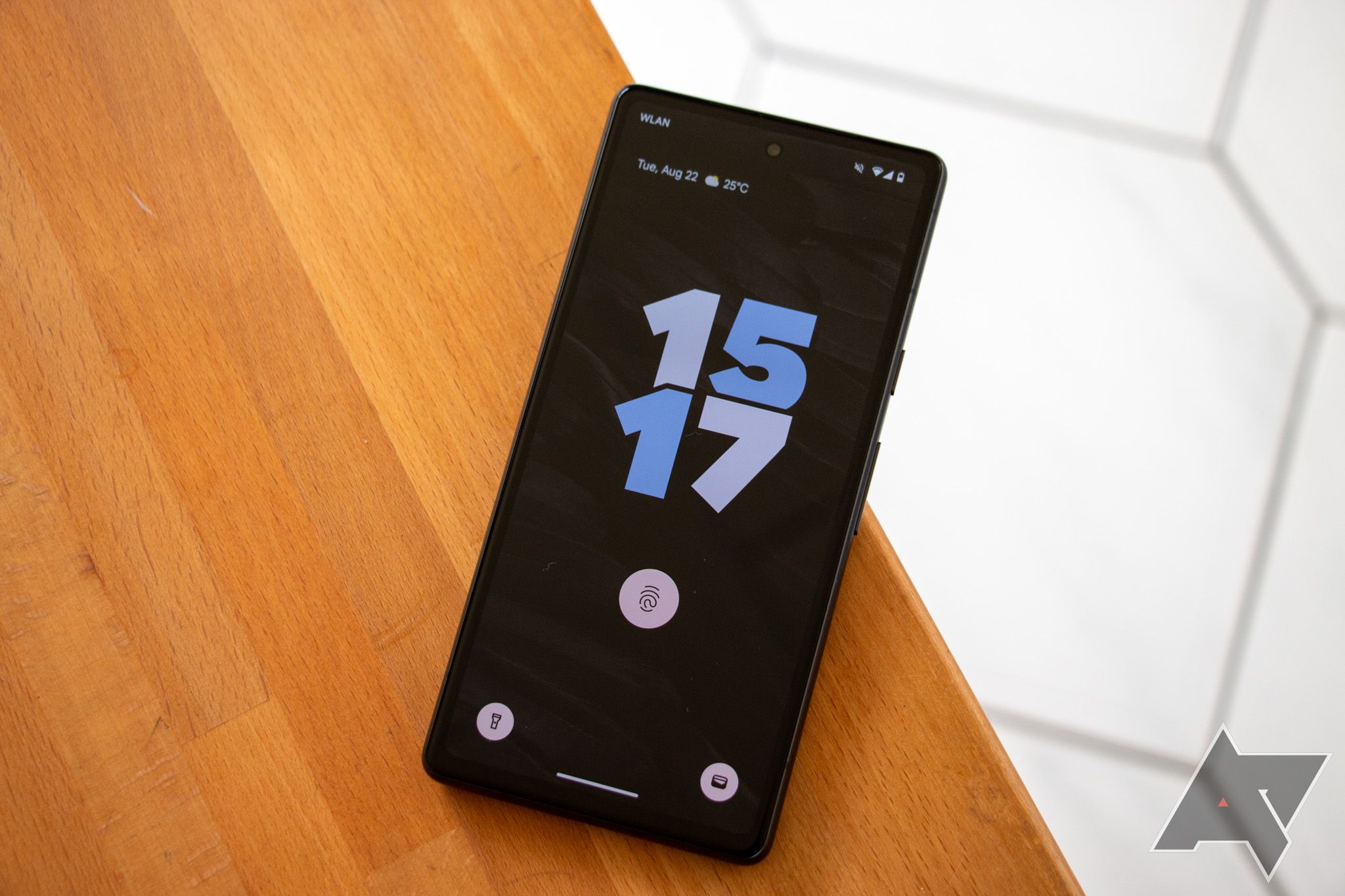
How to customize your Android 14 lock screen
Show off your personality without unlocking your phone
Needless to say, this has been available on Android for many, many years, and it’s nothing new. That said, it’s good to see these features finally come to iPhone users, enabling them to get more out of their devices.
12 A calculator has landed on the iPad
Use Math Notes with Apple Pencil, or use the scientific calculator to submit those tax returns
Calculators have been available on Android tablets for forever. It’s a little discomfiting that Apple took 14 years to bring the app to its tablet series, but you know how the saying goes: “It’s better late than never.” I especially liked the unique Apple twist on it, which now includes Math Notes with Apple Pencil.
This can be toggled from either the Calculator or Notes app, enabling you to assign variables, use equations and graphs, and adjust them on the fly using your Apple Pencil. It looks seamless and easy to use, and the scientific calculator is still present when you need those good old buttons and various expressions.
The iPhone is more like Android than ever before
iOS 18 is a huge step forward for the iPhone — it just so happens that this specific step happens to be towards the Android side of the fence. While looking at just how much inspiration Apple took from Google’s operating system for this year’s upgrade is pretty funny, it also means your iPhone-owning friends are about to experience all the same excellent features you’ve known for years. Just wait until Apple users find out about custom launchers in 2035 — that’s when the real fun will start.

